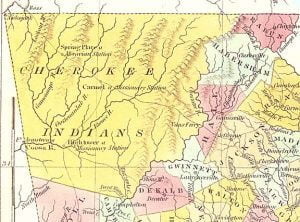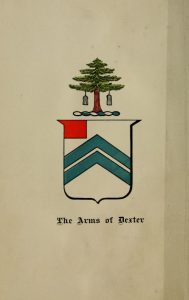Biography of S. C. Tucker
S. C. Tucker, the present mayor of Champaign, has long been identified with Champaign in business affairs and in politics, is also a former mayor of the city and a former city treasurer, and is that type of man whose energy means something in the constructive administration of a city’s affairs. Mr. Tucker was born in Saybrook, Illinois, January 9, 1871, a son of Sylvester and Sarah (McDaniel) Tucker. His father was a native of Ohio and his mother of Illinois. In 1882 the Tucker family removed to Champaign County, where Sylvester Tucker followed his trade as a carpenter until … Read more







